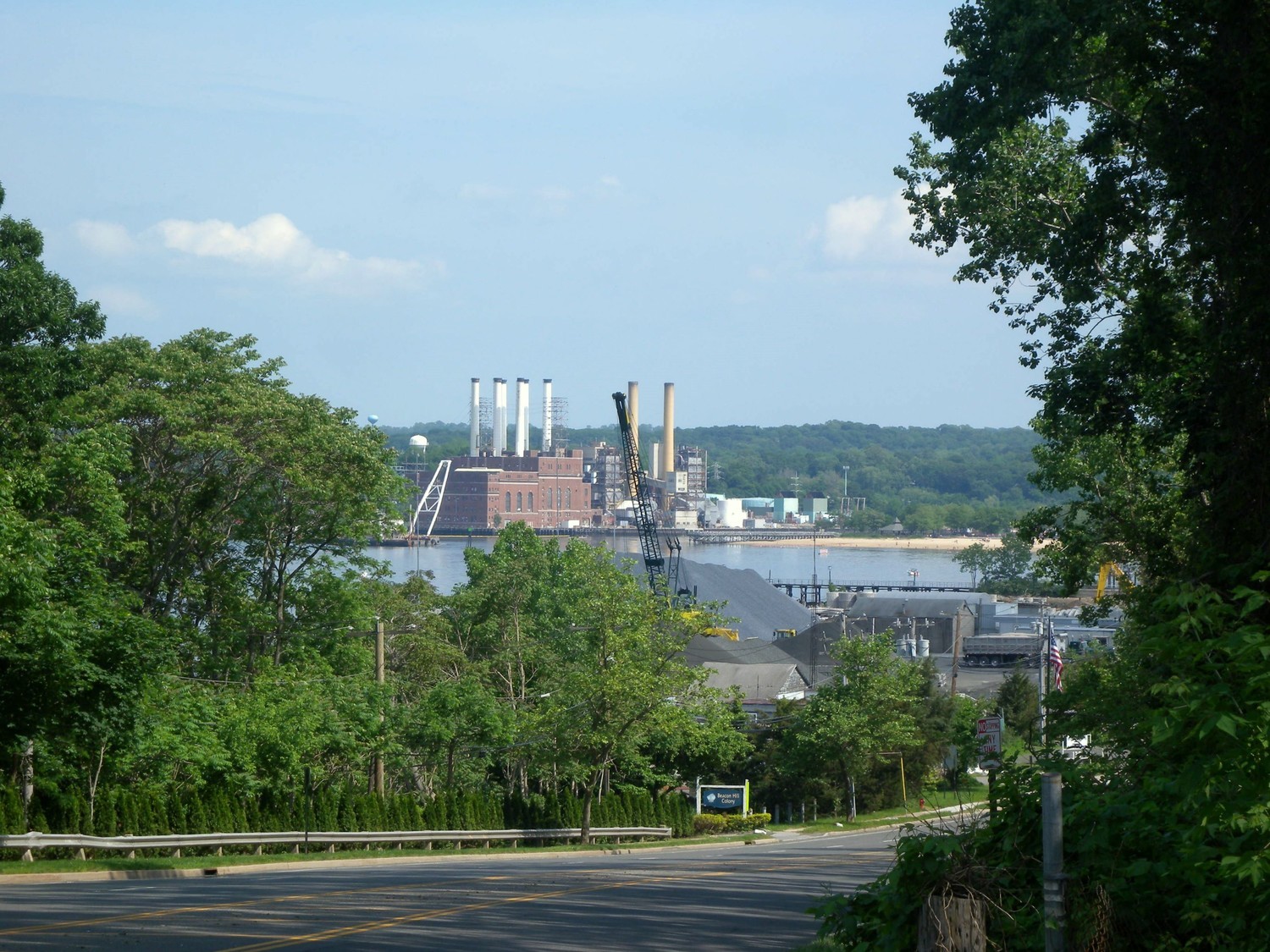Grants earmarked to protect Sound
Federal and state environmental officials announced on Dec. 4 that 31 grants, totaling $2.04 million, would go to local government and community groups in New York and Connecticut to improve the health and ecosystem of the Long Island Sound. Fifteen projects totaling $1.05 million would directly benefit New York state.
The projects are funded by the Long Island Sound Futures Fund, which was created after the Environmental Protection Agency, New York and Connecticut formed the Long Island Sound Study in 1985, a two-state partnership focused on protecting and restoring the sound.
The 2017 grants include funding from the EPA and the National Fish and Wildlife Foundation, and will focus on two LISS goals: clean water and healthy watersheds; and thriving habitats and abundant wildlife.
In Sea Cliff, $157,492 will go to the Hempstead Harbor 2018 Water Monitoring Program, focusing on Hempstead Harbor and Glen Cove Creek. This project will help the village monitor water quality, including physical, chemical and biological indicators of pollution. The monitoring data will help officials better understand how to care for the harbor.
In Bayville, $121,636 will go to Planting for Clean Water Communities in the Nassau County Soil and Water Conservation District. The district will choose three sites for “green” infrastructure projects, and host educational workshops for residents on the value of the infrastructure to improve water quality of the Long Island Sound in Bayville. The project will bring green infrastructure projects to community centers, parks, schools and businesses, creating a model for future projects in communities near the sound.
EPA Regional Administrator Peter Lopez said the agency was looking for a strong environmental focus in its review of grant applications. “For Sea Cliff, one valuable element of their proposal is that they proposed using a local committee made up of town representatives who would meet regularly to use local data to take corrective action on environmental issues related to Hempstead Harbor,” Lopez said. “In Bayville, the Nassau County Soil and Water Conservation District proposed to find and design green infrastructure projects, especially on town-owned property where they could implement rain gardens, rain barrels or other kinds of green infrastructure to avoid storm water pollution runoff.”
“This grant is excellent news,” said Sea Cliff Village Administrator Bruce Kennedy. “The Long Island Sound is a federal estuary that deserves our protection and restoration.” Kennedy added that he appreciated the leadership of Eric Swenson, the executive director of the Hempstead Harbor Protection Committee.
“This money will help pay for water monitoring programs, education about green infrastructure, and promotion of modern sewage and storm water management systems,” Kennedy said. “Most importantly, the money can be utilized to teach about the importance of protecting natural habitats rather than destroying them with overdevelopment.”
“I believe everyone is aware of how important it is to do everything possible to protect our water and environment,” said County Legislator Delia-DeRiggi Whitton, a Democrat from Glen Cove. “This grant is a great tool in helping to ensure that all necessary steps be taken to help clean up and address some of the problems from the past, and hopefully help to make sure all precautions are used in future developments and usage effecting our waterways.”
Oyster Bay Town Councilwoman Michele Johnson said, “These federal funds will help bring visible green infrastructure projects to our North Shore while improving our ability to monitor local water quality.” She added that she wanted to thank the federal government for its “investment in our communities and dedication to restoring the Long Island Sound.”
According to a press release, the 2017 grants will reach more than 870,000 residents through environmental and conservation education programs. Water-quality improvement projects will treat 439,000 gallons of water runoff, eliminate more than 15,600 pounds of nitrogen and collect 2,800 pounds of floating trash.
In New York, the $1.05 million in grant funding will be matched by $2.58 million from the grant recipients, for a total of $3.63 million in community conservation funding.
“Throughout my career in public service, I have seen time and again how effective local actions can be in solving daunting problems,” Lopez said in a press release. “Engaging the people who are most connected to the Long Island Sound is the most effective way to work toward the sound’s recovery — evidenced by the tremendous success we have already enjoyed in restoring this world-famous jewel.”
“EPA’s Long Island Sound Study is supporting creative solutions at the grass-roots level, including the North Shore communities,” he added. “This partnership is a great example of promoting ownership of projects and outcomes at all levels.”

 50.0°,
Overcast
50.0°,
Overcast 




